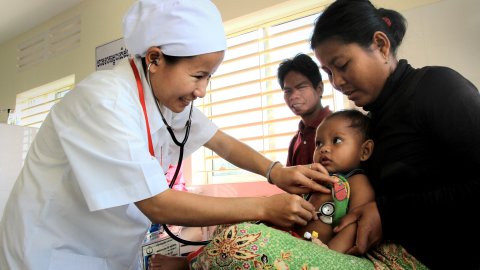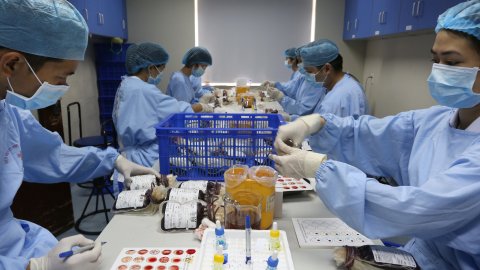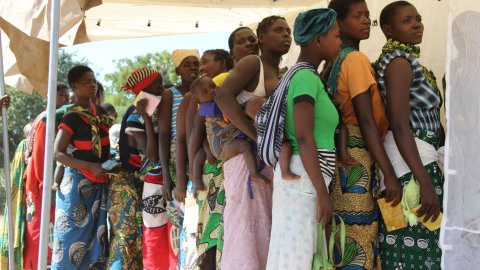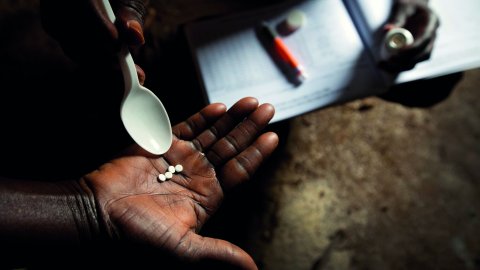Study Groups
WWARN facilitates a number of collaborative Study Groups to undertake individual patient data meta-analyses to answer specific research questions about malaria treatments and antimalarial drug resistance. Gathering and combining data sets from multiple studies increases sample sizes, so that effects, including smaller effects, and effects on sub-populations can be identified with greater certainty. Working together and combining data from different regions and populations is improving our understanding of drug resistance and strengthening global efforts to control and eventually eliminate malaria.
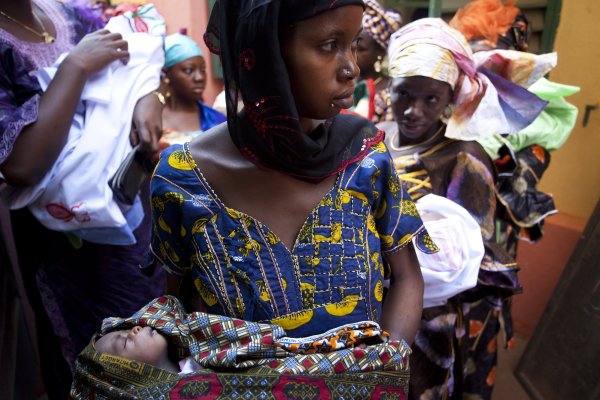
i
Dominic Chavez World Bank
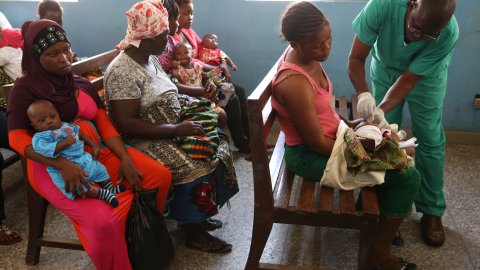
The Plasmodium vivax fever study group aims to estimate parasitaemia thresholds for febrile patients who present for treatment and determine the ...
show more
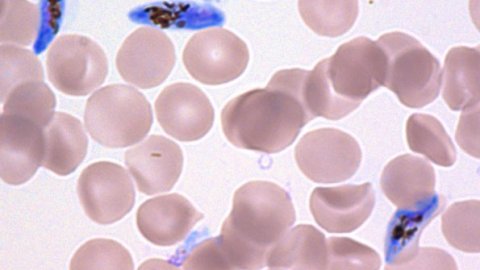
Pooled analyses of the efficacy and safety of single low-dose primaquine to interrupt P. falciparum malaria transmission.Data collection has closed an...
show more
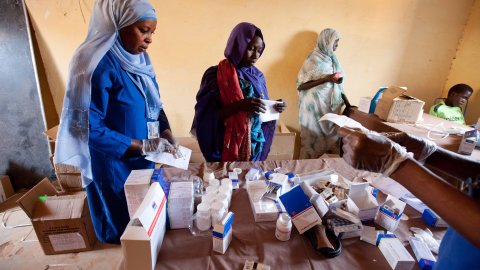
Modelling the protective effect of Artesunate-Amodiaquine (AS-AQ)A pooled analysis to assess the post-treatment prophylactic effect of artesunate-amod...
show more
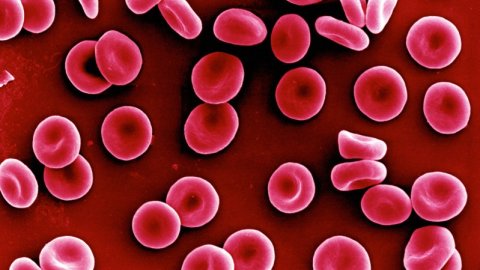
Analysis of haematological response before and after antimalarial treatment. A pooled analysis to understand the normal haematological response a...
show more
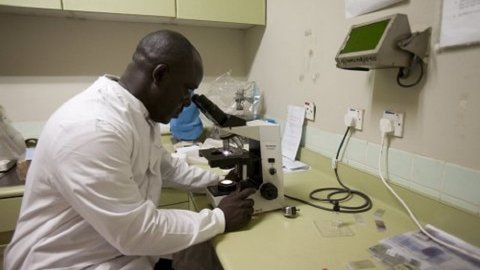
This Study Group aims to bring together and explore the latest evidence on the prevalence of molecular markers associated with antimalarial drug resis...
show more
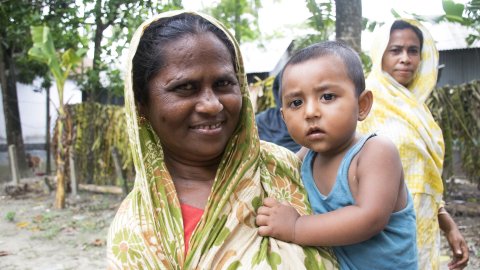
Analysis of the effect of primaquine dose on the efficacy, safety and tolerability in patients with Plasmodium vivax malaria
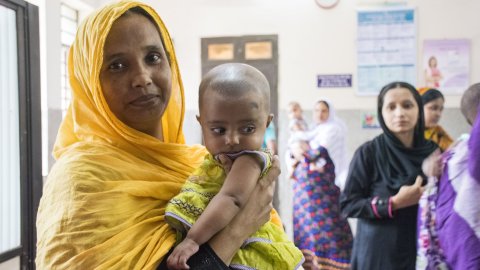
The paediatric single low-dose (SLD) primaquine efficacy study group aims to assess and compare the efficacy of SLD primaquine for transmission blocki...
show more
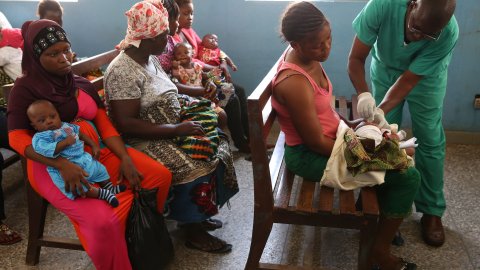
This study group aims to determine the impact of malaria in the first trimester of pregnancy on the mother and infant through individual patient data ...
show more
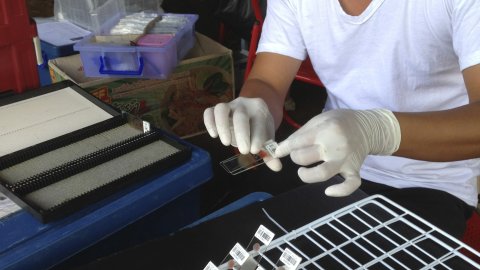
Baseline information on parasitological response to ACTs in AsiaA pooled analysis to assess the baseline early parasitological response after artemisi...
show more
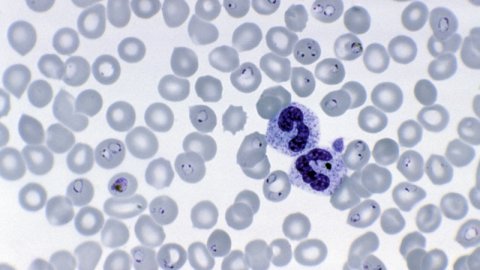
Development of statistical methods to infer the relationship between the percentage of resistant infections, parasite clearance half-life and the prop...
show more
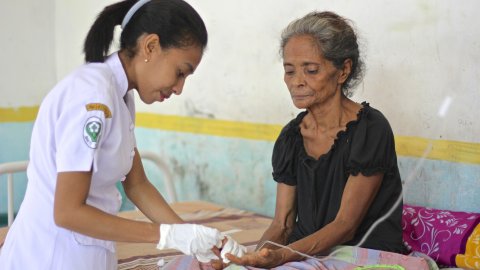
This Study Group will explore the link between P. vivax recurrence and prior P. falciparum treatment, including increased risk of vivax para...
show more
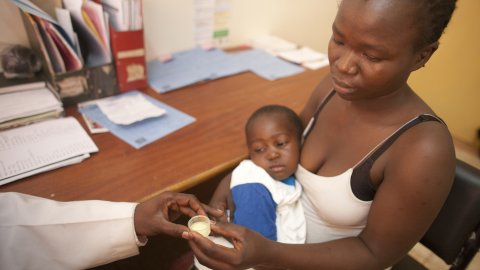
The Sulphadoxine-Pyrimethamine (SP) resistance Study Group’s aim is to provide open access to, and establish maps with, the most recent data on SP res...
show more
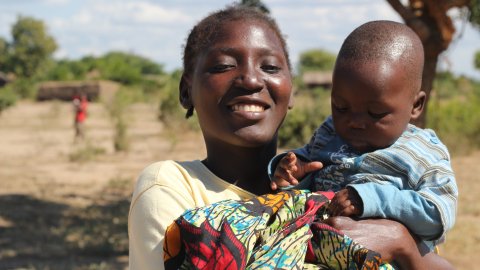
Exploring the impact of malaria during pregnancy on infant anaemia, malaria, morbidity and growth – an individual participant meta-analysis.
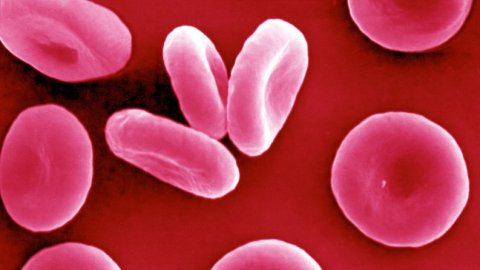
Assessment of relationship between Haemoglobin (Hb) and Haematocrit (Hct) measurements.
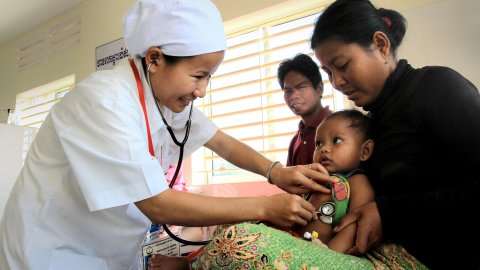
The paediatric single low-dose (SLD) primaquine safety study group aims to describe and compare the safety of SLD primaquine for transmission blocking...
show more
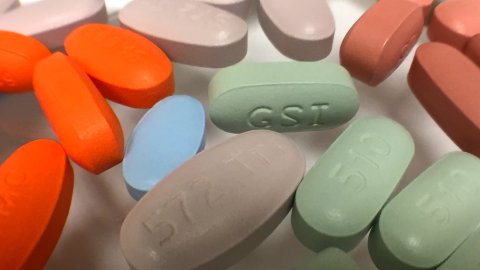
Sub-study groups include the Artemether-Lumefantrine / ARV PK Study Group and the ACT-ARV Safety Study Group.
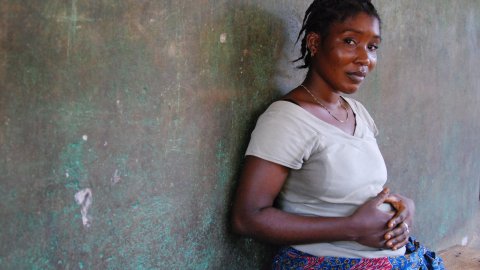
The Alternative MiP Prevention Strategies (AMPS) Study Group’s aim is to determine the safety and efficacy of novel strategies for the control of mala...
show more
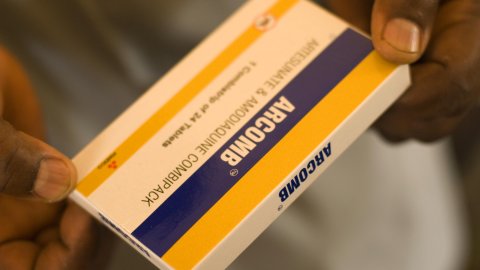
Effect of AS-AQ mg/kg dosing strategies on the risk of treatment failureA pooled analysis to assess the impact of weight adjusted (mg/kg) dose variati...
show more

Role of candidate molecular markers of lumefantrine and amodiaquine resistanceThe Artesunate-Amodiaquine/Artemether Lumefantrine (AS-AQ/AL) Molecular ...
show more
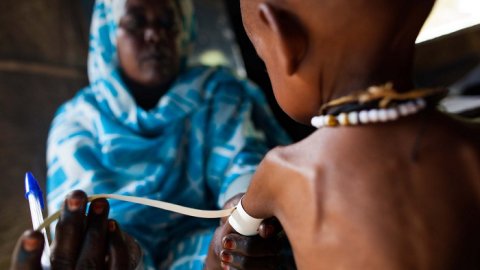
A pooled analysis that assessed the effect of various nutritional indicators in treatment outcome in children aged 6-59 months treated with artemisini...
show more
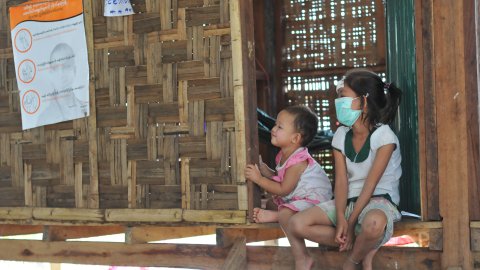
A pooled analysis on the relationship between K13 molecular marker and parasite clearance data. The Study Group closed to new participants in Dec...
show more
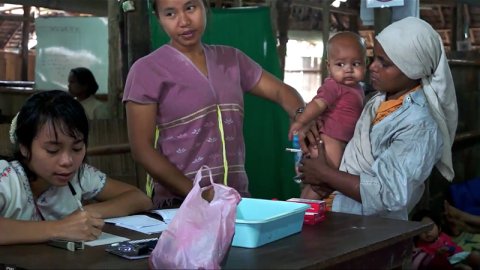
Analysis of risk factors of Plasmodium vivax early and late recurrence. Published in July 2018.
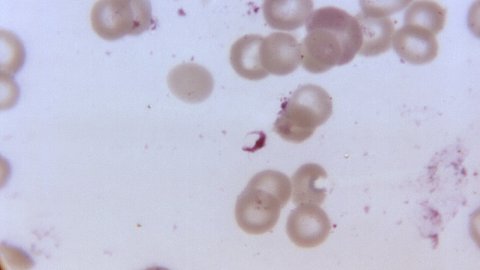
A pooled analysis of Plasmodium falciparum gametocyte carriageThe purpose of this Study Group is to assess the risk factors for treatment failure asso...
show more
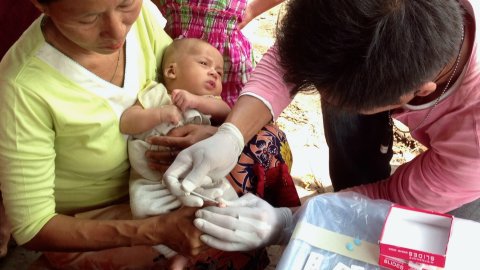
Analysing PK/PD data to identify inadequate drug exposure and inform dosageA pooled piperaquine pharmacokinetic analysed the exposure to piperaquine i...
show more
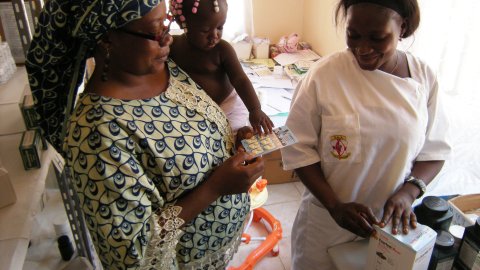
Analysing PK/PD data to identify inadequate drug exposure and inform dosageA pooled lumefantrine pharmacokinetic-pharmacodynamic (PK/PD) analysis is b...
show more
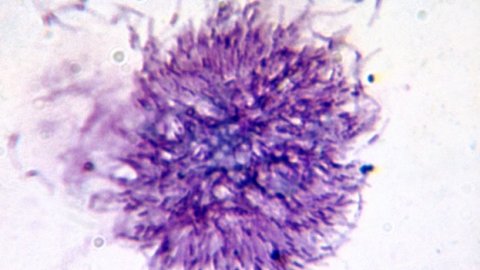
Analysis of the consequences of symptomatic Plasmodium vivax infections on anaemia before and after antimalarial treatment
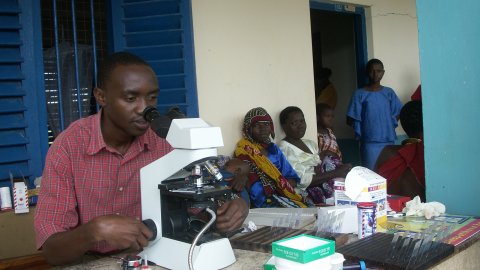
Baseline information on parasitological response to ACTs in AfricaA pooled analysis to assess the baseline early parasitological response after artemi...
show more
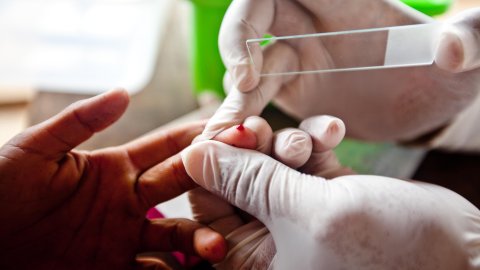
Parasite clearance after treatment with an artemisinin monotherapy or ACTThis Study Group characterises parasite clearance stratified by location, tre...
show more
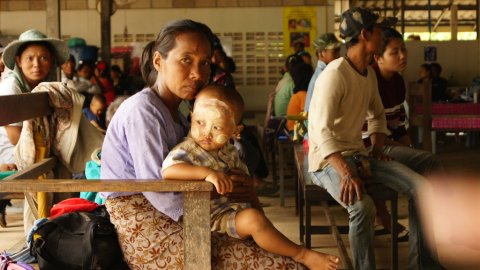
The AL Dose Impact Study Group was first established in 2011. The Study Group first met in December 2011 at the ASTMH Annual Meeting to discuss the St...
show more
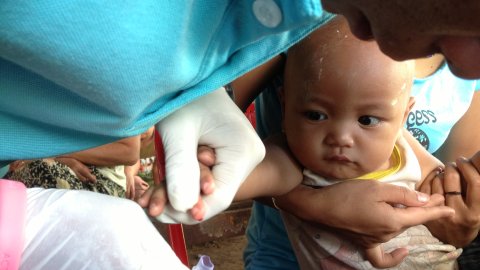
Effect of DP mg/kg dosing strategies on the risk of treatment failureA pooled analysis to assess the impact of weight adjusted (mg/kg) dose variations...
show more
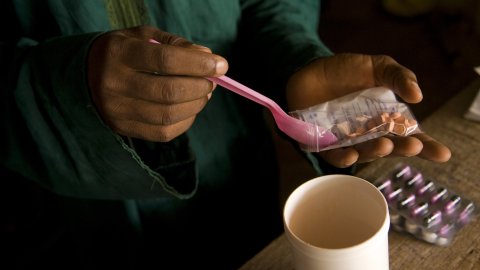
A population pharmacokinetic/pharmacodynamic model of pyrimethamine and sulfadoxine in participants who received either sulfadoxine-pyrimethamine (SP)...
show more

Analysing PK/PD data to identify inadequate drug exposure and inform antimalarial dosageA pooled pharmacokinetic/pharmacodynamics (PK/PD) analysis of ...
show more
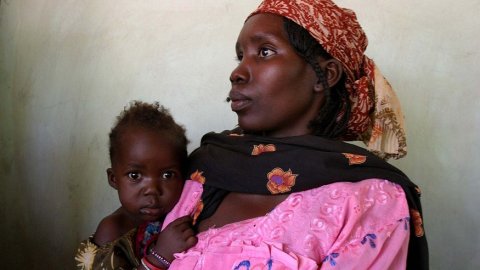
Determining the optimal Artemether-lumefantrine antimalarial dosing for young children and pregnant women: A pharmacokinetic-pharmacodynamic meta...
show more


